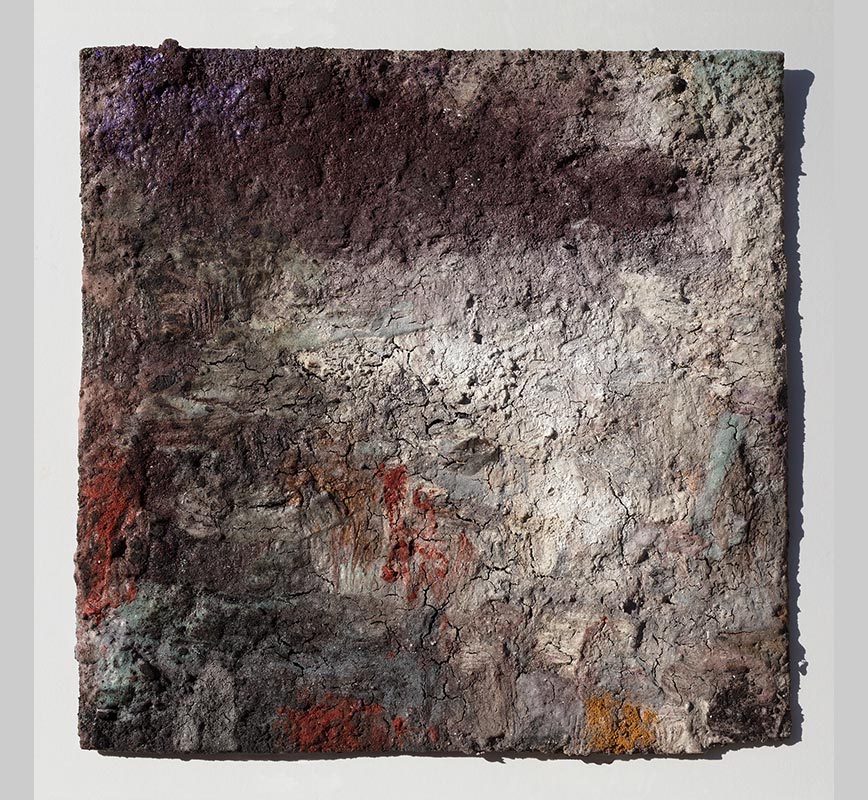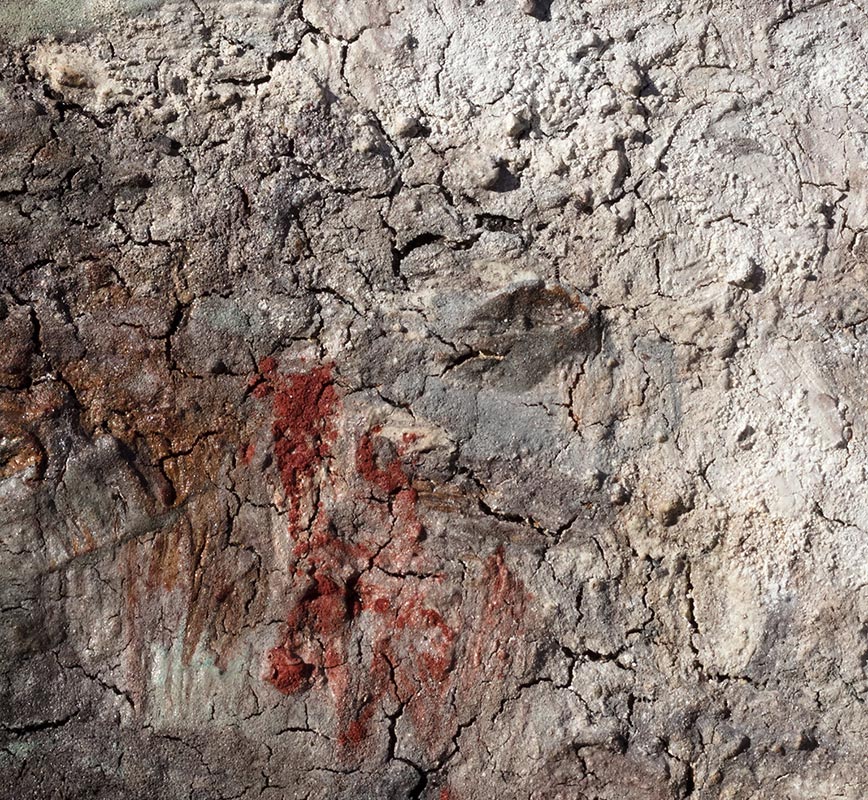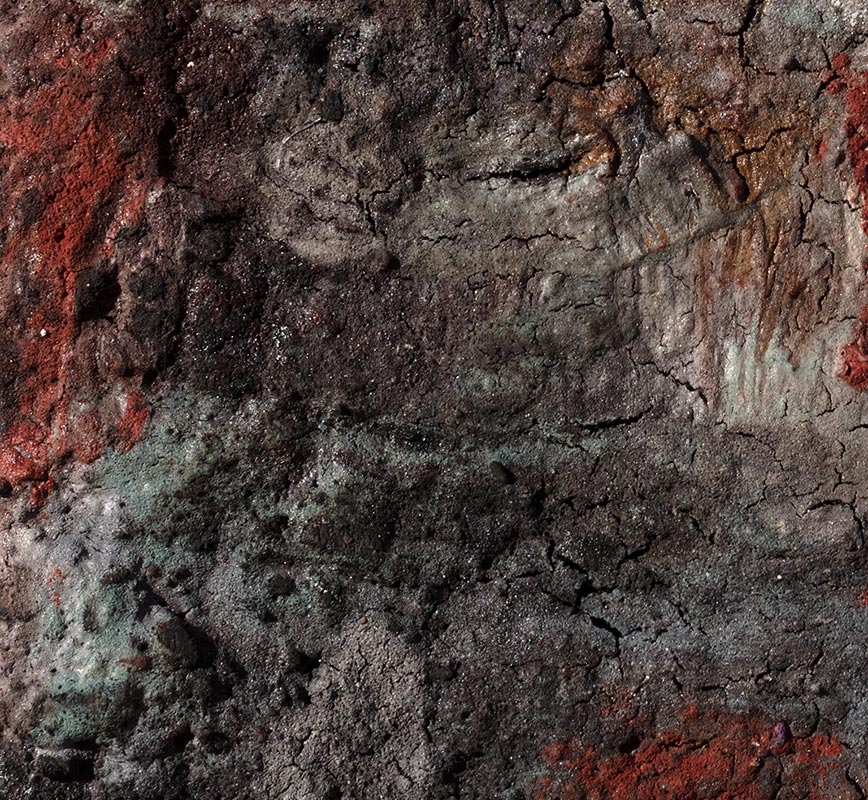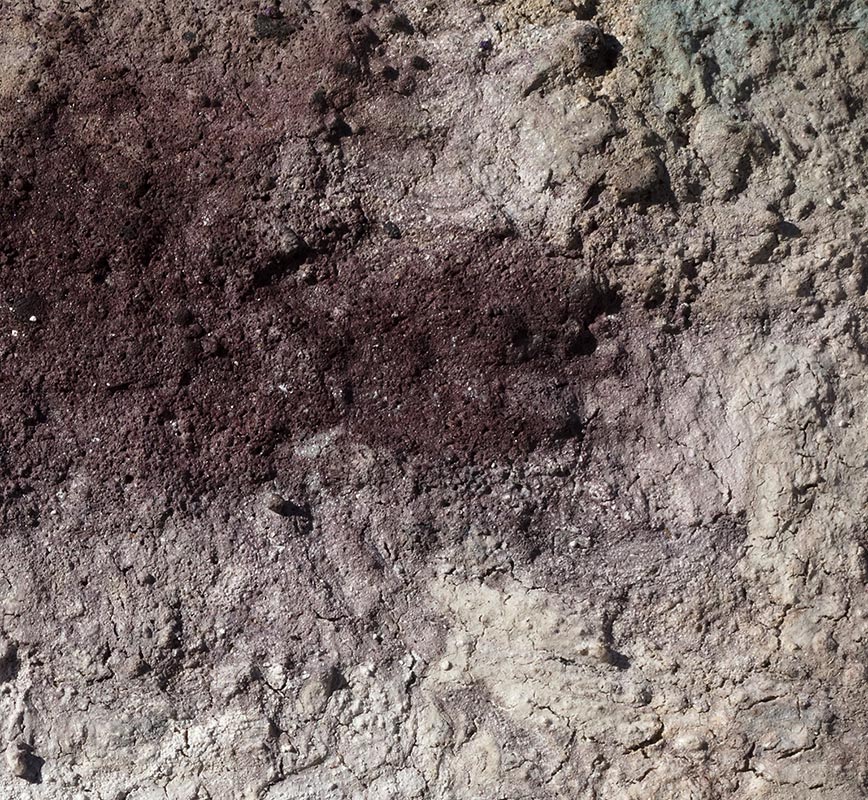EXHIBITION
AN ALCHEMY OF MATTER
Orazio De Gennaro:
Ballads of Lights, 2021
Linseed oil, pigments, beeswax, and glass powder on Panel
36 x 36 in
91 x 91 cm
US $ 5,500
In Ballads of Lights, Orazio De Gennaro channels a mystical aura, creating a tapestry of hues and textures that seem to pulsate with life. The layers of lavender, sage, and muted gold blend with hints of aquamarine, resembling a landscape bathed in dawn or twilight—a place suspended between night and day. This piece shares affinities with Claude Monet’s later works, where color and light merge into abstract forms. Yet De Gennaro’s thick, tactile textures set it apart, grounding the ethereal in a robust physicality. ...more
Go to Artwork: NEXT PREV ALL




